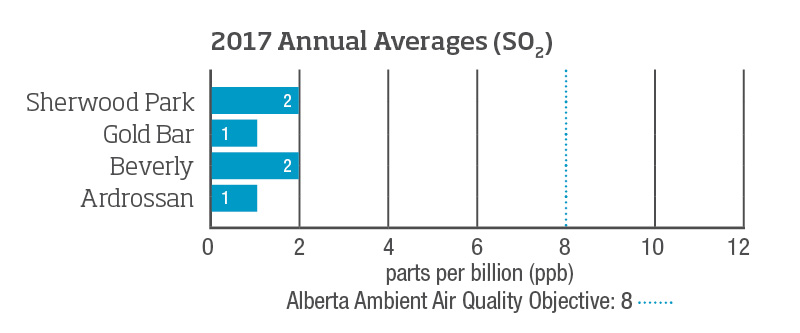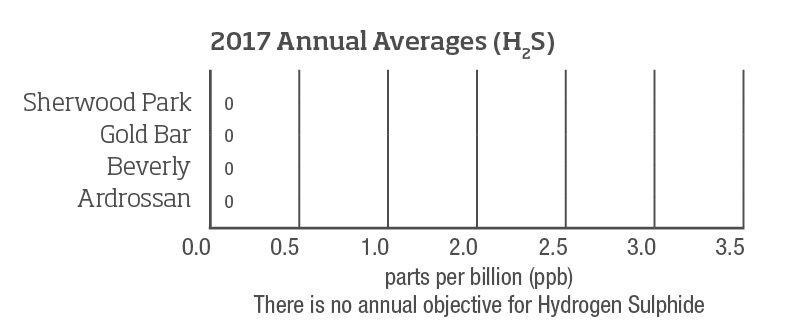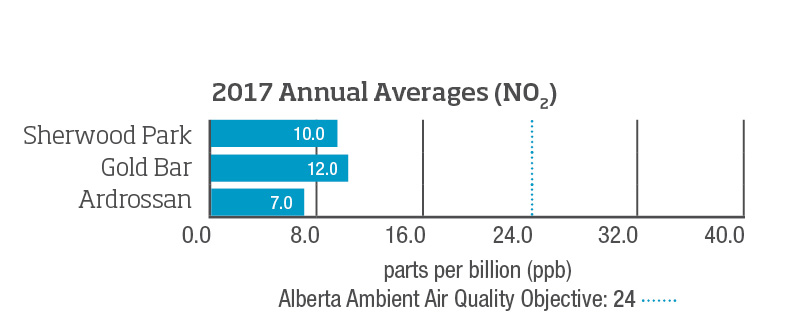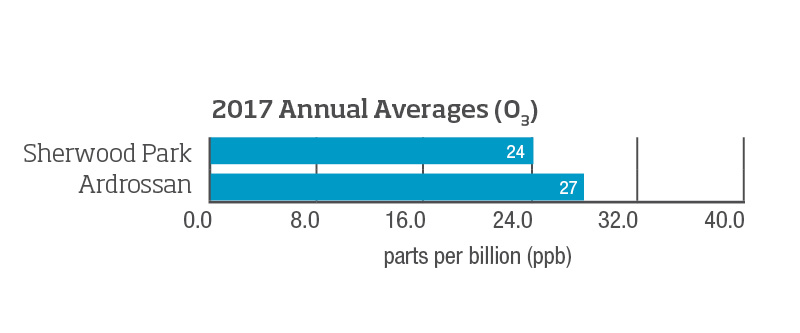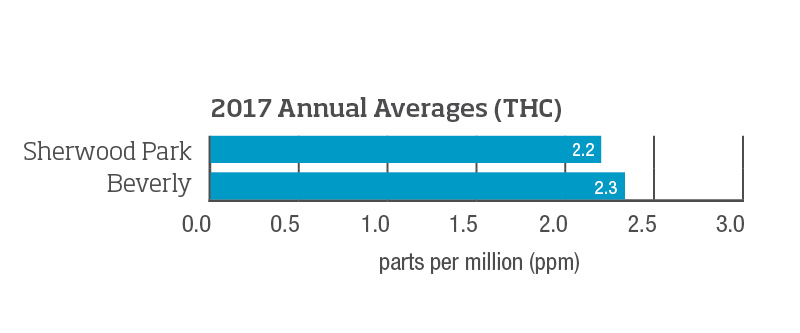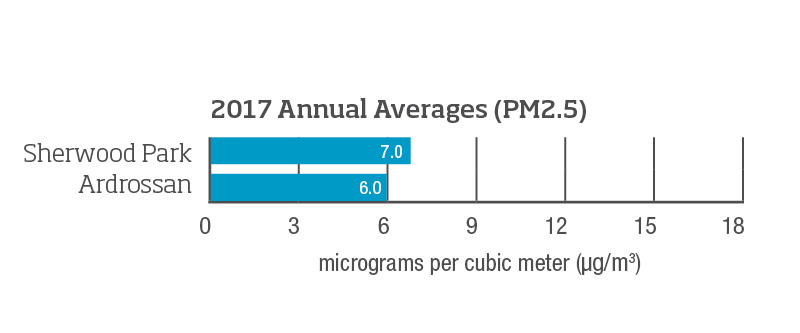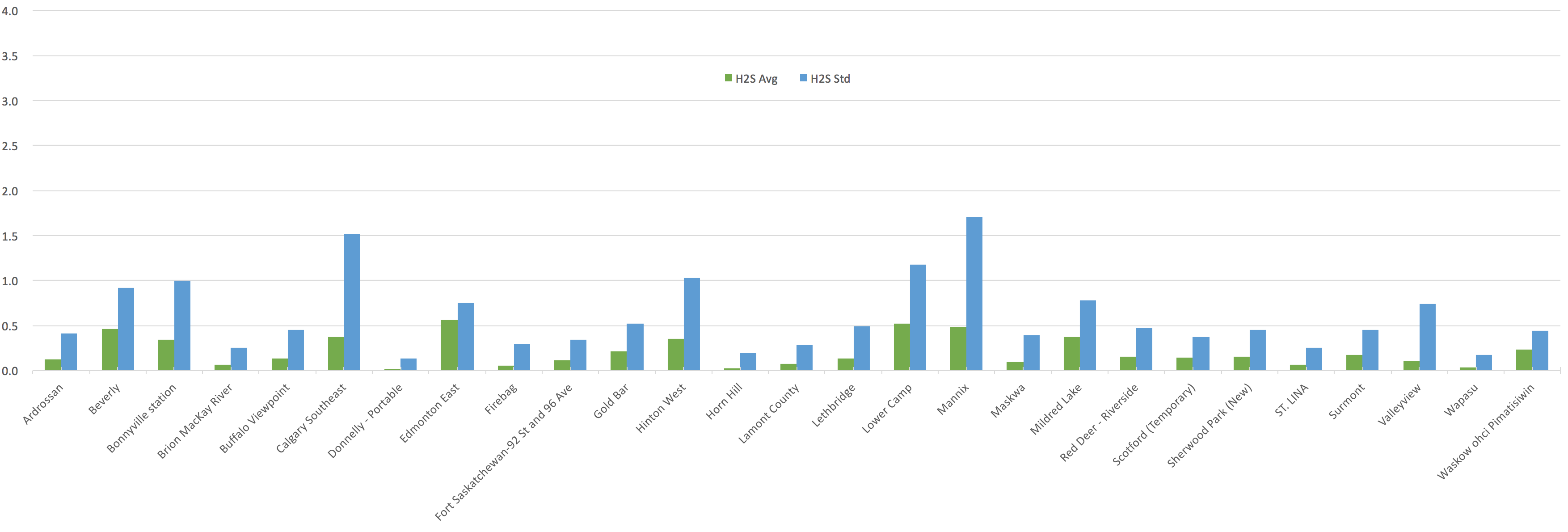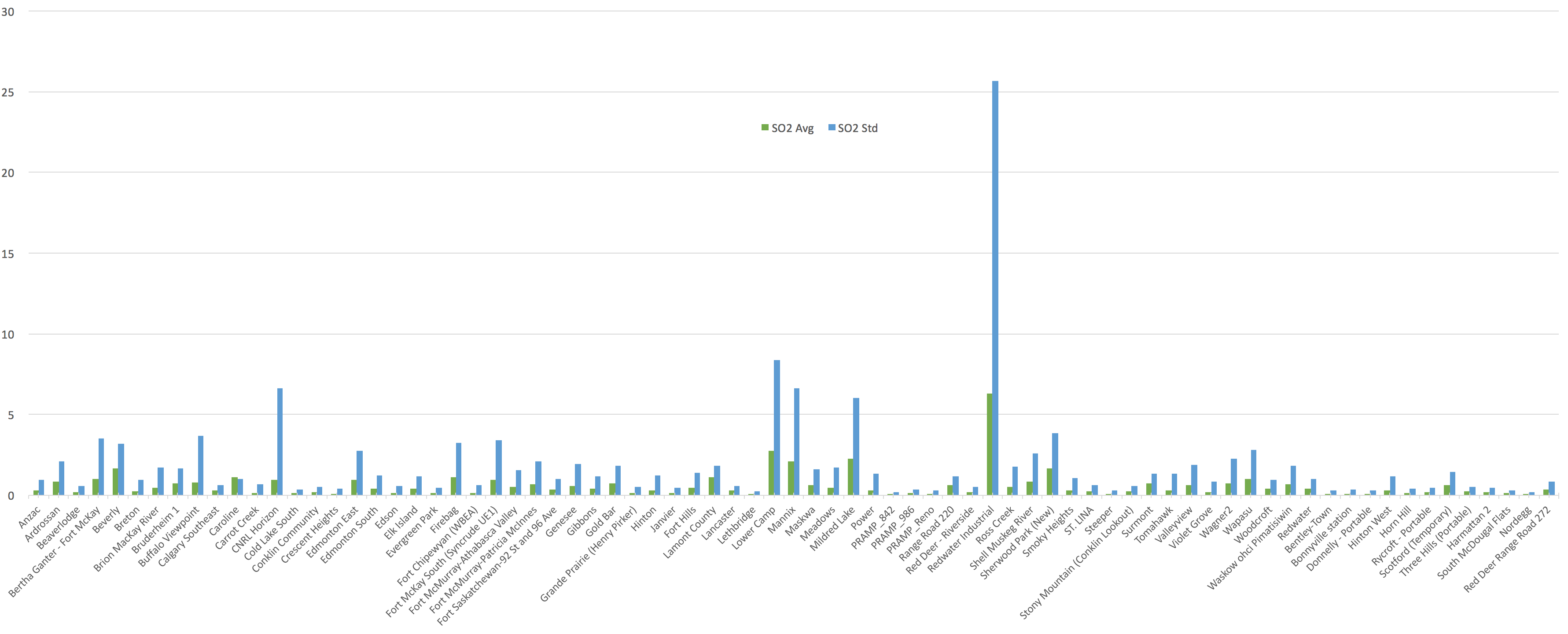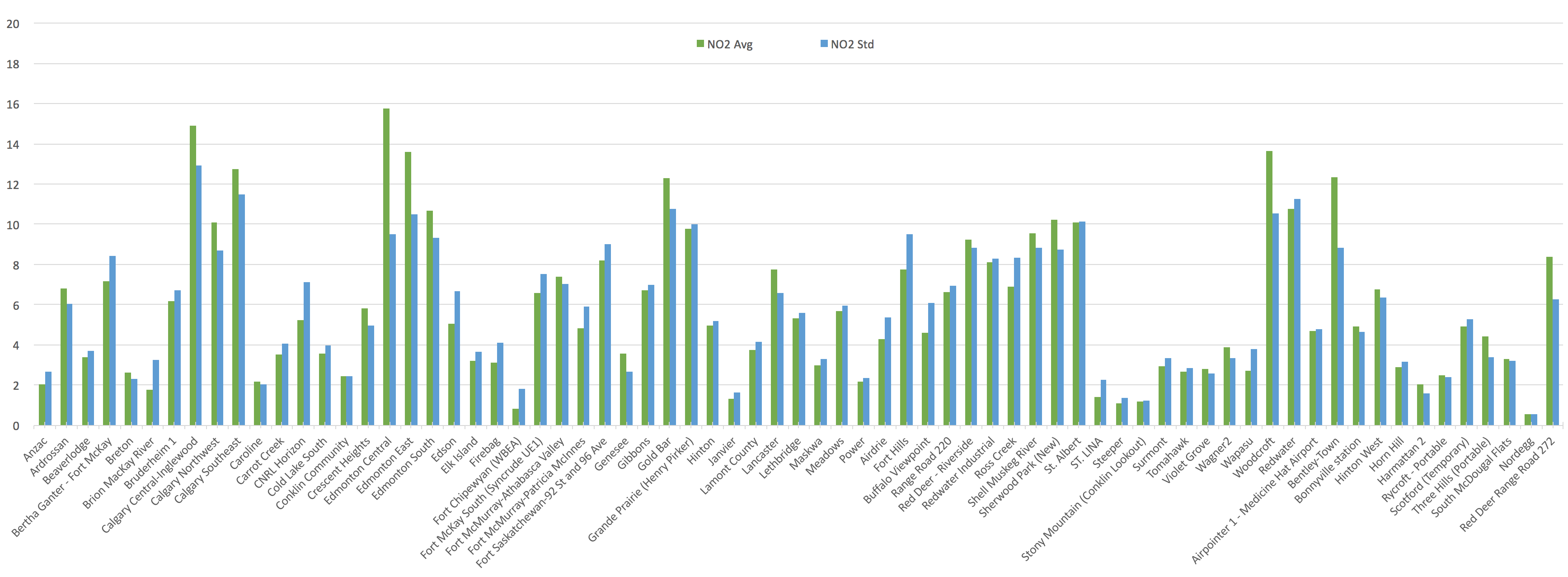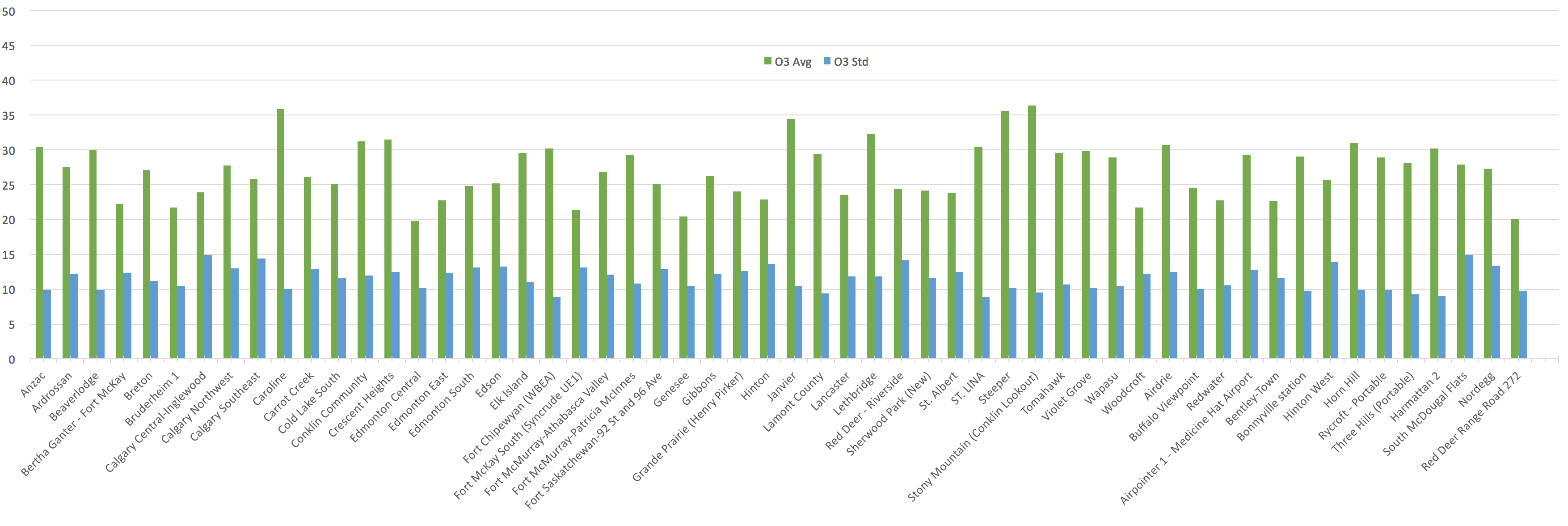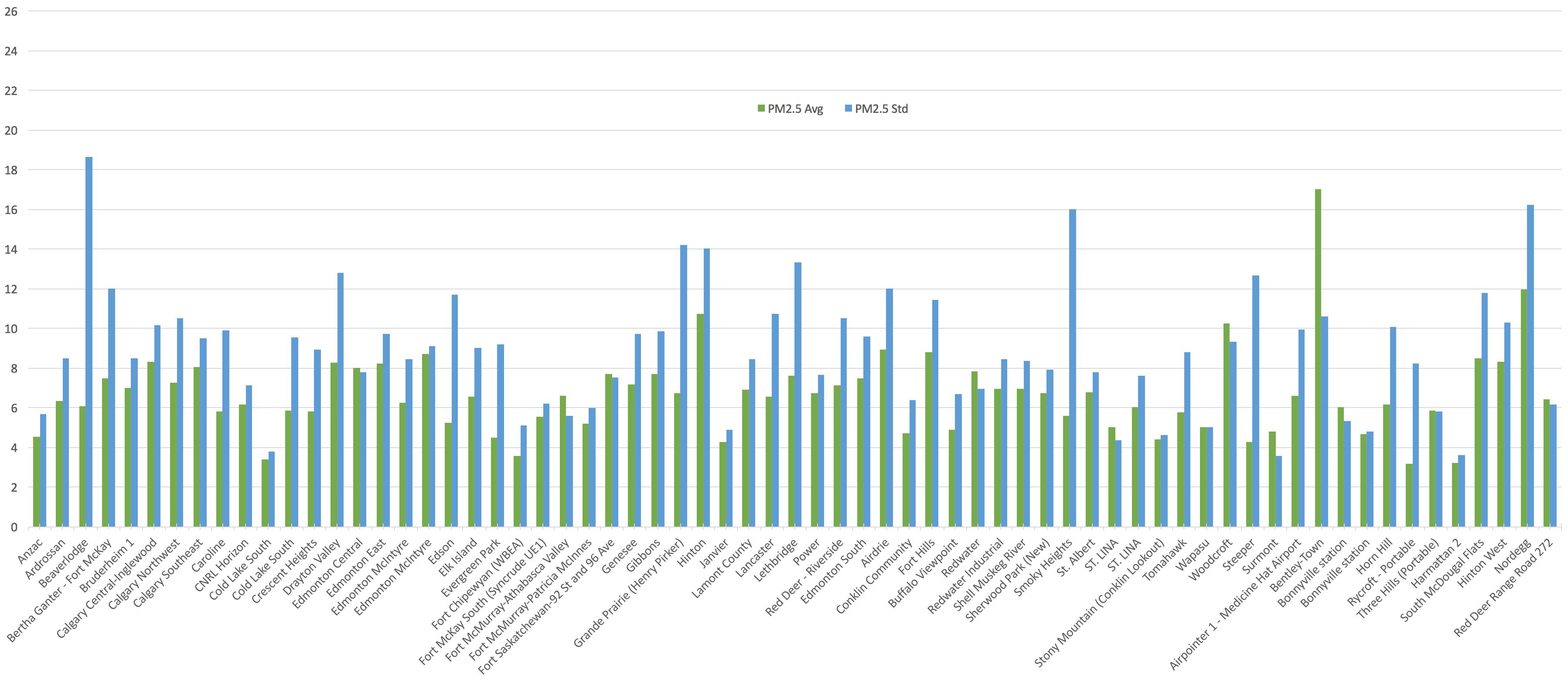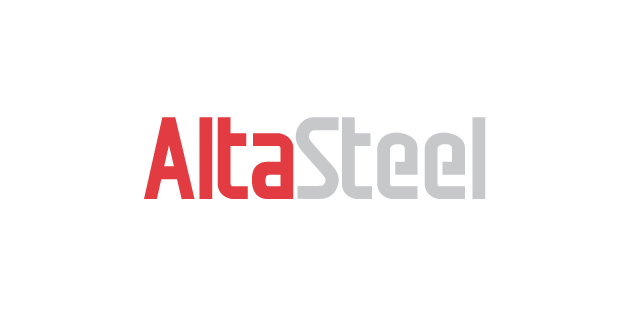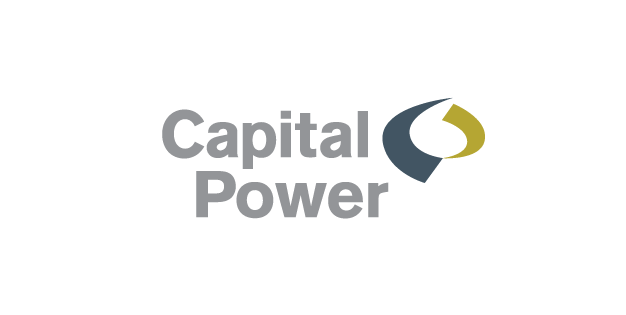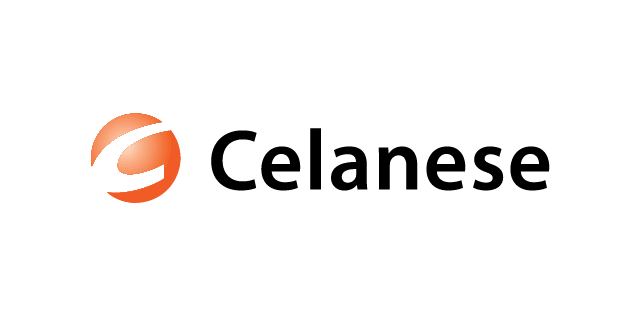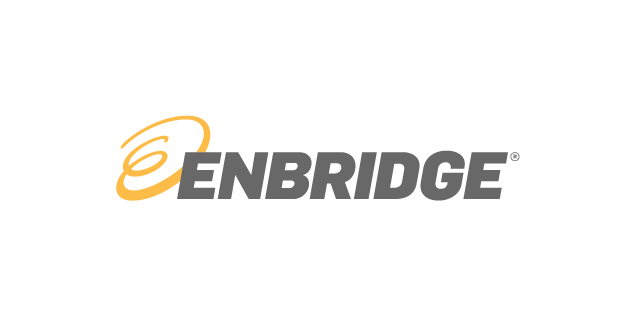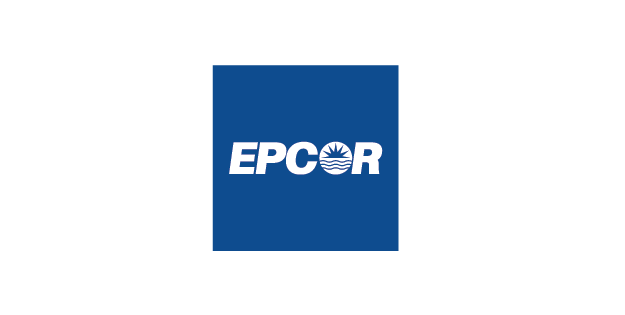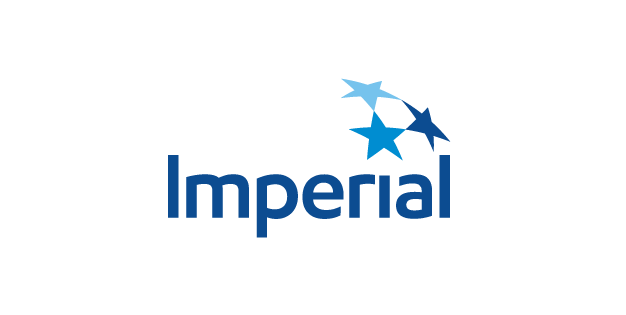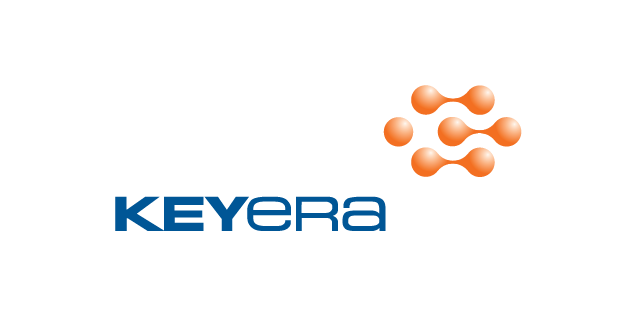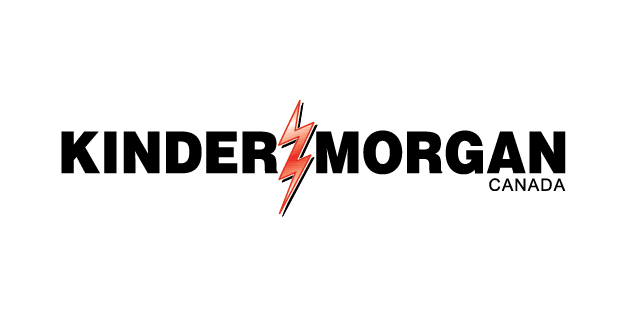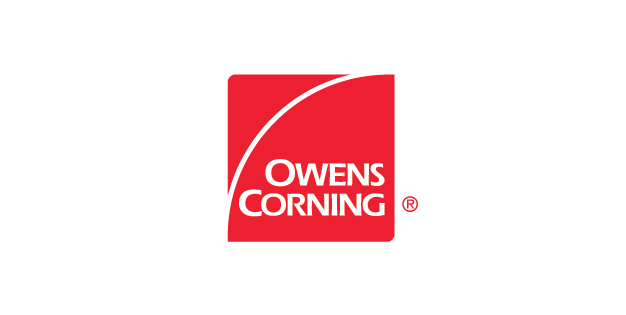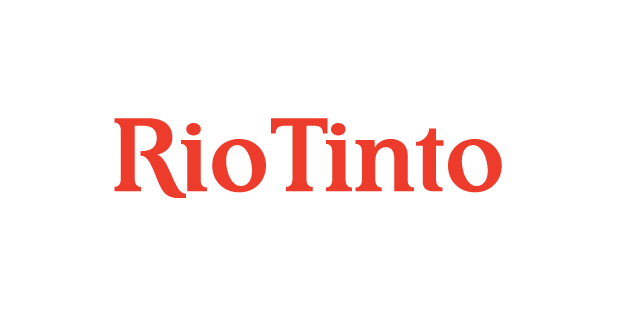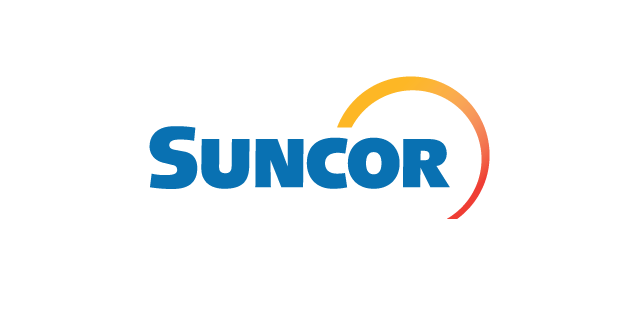
Change Is In The Air
Turning Over A New Leaf
Message from the President of the Board of Directors
As a common voice for industry, we recognize the great privilege and responsibility of growing our local economy and international reputation. We understand that economic vitality and environmental stewardship are not mutually exclusive and that the importance of being proactive and evidence based in our approach cannot be underestimated.
Going forward, we are looking at how best to evolve our work and priorities. We know that progress is impossible without change and that collaborative planning helps us chart a course for success. In fact, we recently mapped out our strategic direction for the next three years. While our commitment to engagement, safety, and responsibility remains steadfast, we are looking at other innovative ways to leverage our strengths and maximize opportunities.
Our priorities stem from a desire to strengthen the bedrock of our not-for-profit organization and to deliver clear benefits within the Capital Region. As we build organizational capacity, we are continuing to support and nurture integral partnerships. This coming June our Strathcona District Mutual Assistance Program (SDMAP) program will host a full scale mutual aid and emergency response training exercise with our 30+ SDMAP members and community agencies. These types of activities help us all to practice and hone our ability to deploy necessary resources, activate communication channels, safeguard our communities and facilitate swift recovery, in an event of an incident.
Over time, SIA has learned the value of relationships and ongoing dialogue with key stakeholders. We recognize that our communities and partners are teeming with knowledge, expertise, and skills. We also know that by coming together, our efforts and resources are multiplied and our potential is unlocked. Every day we are listening, learning and striving for excellence.
Be it leading-edge advances or enhanced ways to monitor and measure performance, we are translating our experience into action and sharing knowledge that benefits us all. As Alberta’s longest standing air quality monitoring network, we understand that our achievements are setting the bar for others.
Our transparent approach is intrinsic to SIA’s success. Not only do we share the air quality data collected throughout the year, we scrutinize the findings and work on robust strategies for growth and improvement.
As President, I am pleased to not only share our 2017 Annual Ambient Air Monitoring Report, but also to introduce some of the people who will be contribute to our shared progress. Indeed, the path ahead is quite exciting.
Sincerely,
David Gets
SIA Board President


Turning Over A New Leaf
Message from the President of the Board of Directors
As a common voice for industry, we recognize the great privilege and responsibility of growing our local economy and international reputation. We understand that economic vitality and environmental stewardship are not mutually exclusive and that the importance of being proactive and evidence based in our approach cannot be underestimated.
Going forward, we are looking at how best to evolve our work and priorities. We know that progress is impossible without change and that collaborative planning helps us chart a course for success. In fact, we recently mapped out our strategic direction for the next three years. While our commitment to engagement, safety, and responsibility remains steadfast, we are looking at other innovative ways to leverage our strengths and maximize opportunities.
Our priorities stem from a desire to strengthen the bedrock of our not-for-profit organization and to deliver clear benefits within the Capital Region. As we build organizational capacity, we are continuing to support and nurture integral partnerships. This coming June our Strathcona District Mutual Assistance Program (SDMAP) program will host a full scale mutual aid and emergency response training exercise with our 30+ SDMAP members and community agencies. These types of activities help us all to practice and hone our ability to deploy necessary resources, activate communication channels, safeguard our communities and facilitate swift recovery, in an event of an incident.
Over time, SIA has learned the value of relationships and ongoing dialogue with key stakeholders. We recognize that our communities and partners are teeming with knowledge, expertise, and skills. We also know that by coming together, our efforts and resources are multiplied and our potential is unlocked. Every day we are listening, learning and striving for excellence.
Be it leading-edge advances or enhanced ways to monitor and measure performance, we are translating our experience into action and sharing knowledge that benefits us all. As Alberta’s longest standing air quality monitoring network, we understand that our achievements are setting the bar for others.
Our transparent approach is intrinsic to SIA’s success. Not only do we share the air quality data collected throughout the year, we scrutinize the findings and work on robust strategies for growth and improvement.
As President, I am pleased to not only share our 2017 Annual Ambient Air Monitoring Report, but also to introduce some of the people who will be contribute to our shared progress. Indeed, the path ahead is quite exciting.
Sincerely,
David Gets
SIA Board President

A Fresh Perspective
In addition to a strong portfolio of public engagement initiatives and global energy management, Erica is well versed in sustainable municipal and economic development. She has helped a number of clients to realize their full potential through improved organizational capacity, partnership development and strategic planning.
Since joining SIA, Erica has been working hard to fill the shoes of our former ED, Gary Redmond who left last year to pursue other opportunities. As we officially welcome Erica, we would also like to acknowledge the work of her predecessor over the last eight years. Gary has been an exceptional advocate for our organization and played a key role shepherding numerous initiatives from ambitious ideas to full implementation. Thank you Gary for your enthusiasm and dedication.
Collective Results
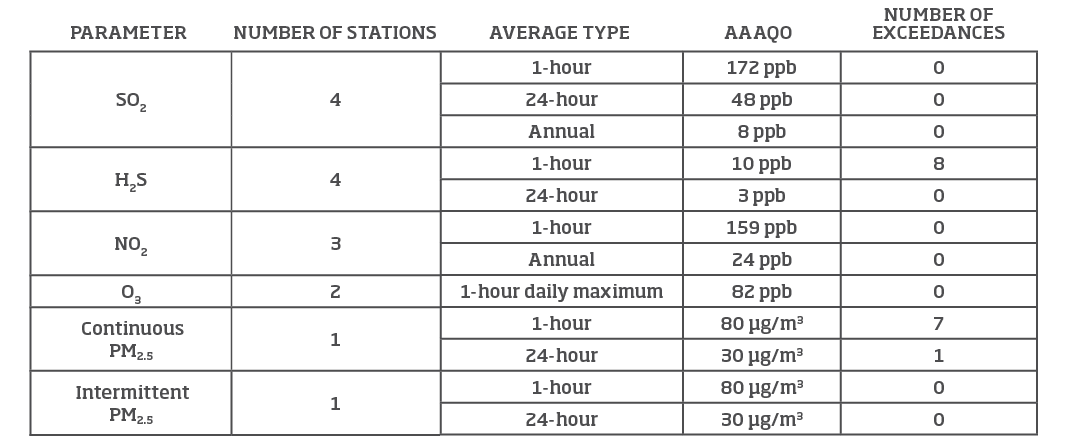
Sulphur Dioxide is a colourless, non-flammable gas with a pungent odour. Industrial sources include sulphur extraction plants, natural gas processing plants, oil sands operations, power plants, oil refineries, pulp and paper mills and fertilizer plants.
Hydrogen Sulphide is a colourless, flammable gas that is extremely hazardous and toxic. It has a distinct rotten egg odour, and can be identified at relatively low concentrations by people. The gas commonly exists in places such as sewers, sewage treatment plants and manure stockpiles. Industrial sources include petroleum and natural gas extraction and refining, pulp and paper manufacturing, chemical manufacturing and waste disposal.
Nitrogen Dioxide is a reddish orange-brown gas with a strong, irritating odour. It is corrosive, highly oxidizing and non-combustible. Man-made sources include motor vehicles, oil and gas industries and power generation plants as well as combustion from forest fires and home heating.
Ozone occurs naturally in the upper atmosphere (stratosphere) and protects us from harmful ultraviolet radiation. However, ozone in the lower atmosphere (troposphere) acts as a strong oxidant, and is a key component of smog. Results from 30-day passive ozone monitoring showed measurements ranging between 13 and 39 ppb, with ozone concentration tending to be higher during the spring months.
Total Hydrocarbons refer to a broad range of chemicals containing carbon and hydrogen atoms, including methane, propane, benzenes and many other compounds. Sources include motor vehicles, petroleum refineries, petrochemical plants, combustion as well as smaller sources like dry cleaning facilities, solvent handling and gas tanks.
This includes particles with diameters less than or equal to 2.5 microns, which at this size can penetrate into lungs and are referred to as respirable. Sources include soil, road and agricultural dust, smoke, forest fires, traffic emissions and industrial activity. The Sherwood Park, Gold Bar and Beverly stations measure Particulate Matter.


Collective Results

Sulphur Dioxide is a colourless, non-flammable gas with a pungent odour. Industrial sources include sulphur extraction plants, natural gas processing plants, oil sands operations, power plants, oil refineries, pulp and paper mills and fertilizer plants.
Hydrogen Sulphide is a colourless, flammable gas that is extremely hazardous and toxic. It has a distinct rotten egg odour, and can be identified at relatively low concentrations by people. The gas commonly exists in places such as sewers, sewage treatment plants and manure stockpiles. Industrial sources include petroleum and natural gas extraction and refining, pulp and paper manufacturing, chemical manufacturing and waste disposal.
Nitrogen Dioxide is a reddish orange-brown gas with a strong, irritating odour. It is corrosive, highly oxidizing and non-combustible. Man-made sources include motor vehicles, oil and gas industries and power generation plants as well as combustion from forest fires and home heating.
Ozone occurs naturally in the upper atmosphere (stratosphere) and protects us from harmful ultraviolet radiation. However, ozone in the lower atmosphere (troposphere) acts as a strong oxidant, and is a key component of smog. Results from 30-day passive ozone monitoring showed measurements ranging between 13 and 39 ppb, with ozone concentration tending to be higher during the spring months.
Total Hydrocarbons refer to a broad range of chemicals containing carbon and hydrogen atoms, including methane, propane, benzenes and many other compounds. Sources include motor vehicles, petroleum refineries, petrochemical plants, combustion as well as smaller sources like dry cleaning facilities, solvent handling and gas tanks.
This includes particles with diameters less than or equal to 2.5 microns, which at this size can penetrate into lungs and are referred to as respirable. Sources include soil, road and agricultural dust, smoke, forest fires, traffic emissions and industrial activity. The Sherwood Park, Gold Bar and Beverly stations measure Particulate Matter.




